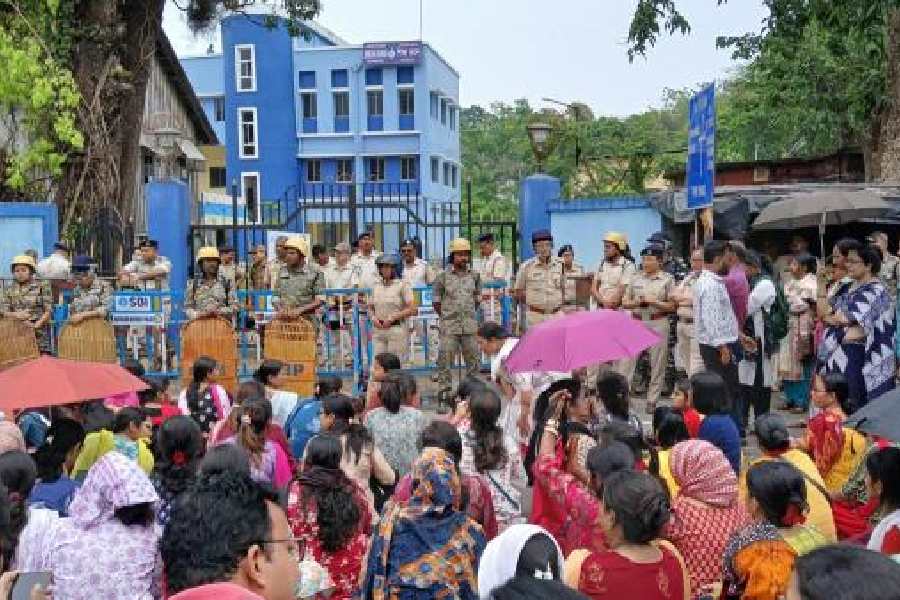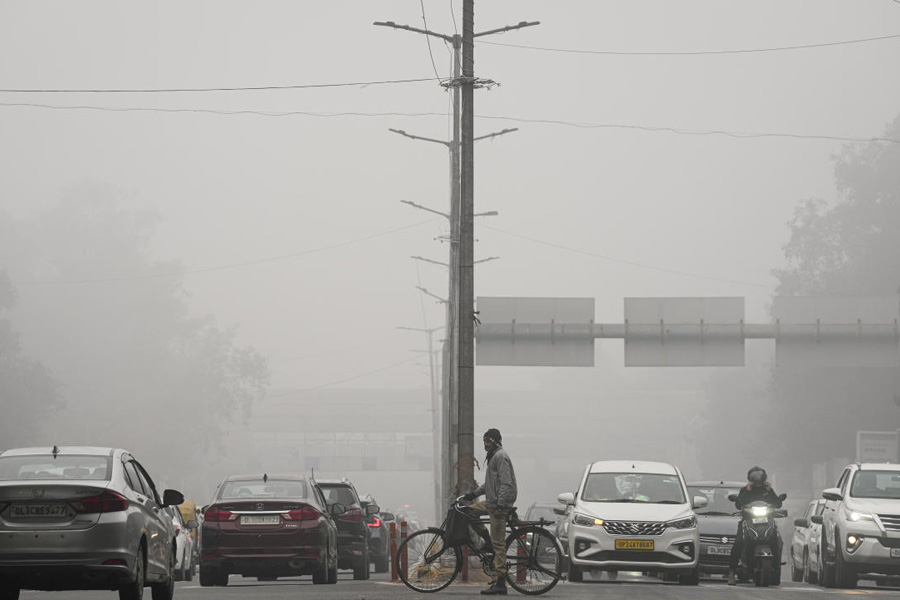Asymmetries can be revealing. The Registrar-General of India’s report on medical certification of the causes of death in 2020 attributed 160,618 demises to Covid-19 even though India’s official figure of Covid mortality stood at 148,994 that year. This anomaly has now — legitimately — raised suspicions that there has been a higher certification of deaths to Covid than the minders of New Delhi are willing to admit. Indeed, repeated official denials notwithstanding, numbers have not added up on quite a few occasions, suggesting inadequate data or, worse, irregularities in the compilation of data related to the burden of Covid mortality in the country. The Gujarat government, for instance, approved compensation for 87,000 families whose members perished in the pandemic even though the state figure for such deaths was far lower. In Delhi, cremations that followed Covid protocols were far higher than the death toll that has been cited. And then, there was the distasteful episode of the Narendra Modi government sparring with the World Health Organization after the global health body stated that the correct number of deaths from Covid was at least eight times the figure that was cited by India. Instead of proceeding to check the veracity of this serious observation, as any welfare State would have done, New Delhi chose to pick methodological holes in the WHO’s assessment template.
The propensity to resist transparency in public health is by no means unique to India. It is a global phenomenon. This only underscores the need for India and the world to strengthen processes that assess mortality at the grassroots that are beset with numerous problems. In a populous country like India, the number of registered deaths may not signify real estimates of mortality given the limited public awareness about the importance of such certification as well as bureaucratic red-tapeism. There is the additional need to expedite the health infrastructure’s ability to specify the causes of death: present estimates suggest that the pace of progress in this respect has been tardy. Data on death, their grimness notwithstanding, are of immense use from the point of view of policy. These figures offer clues to the challenges posed by certain kinds of contagion, the vulnerability of the population to them, and the possible steps that can be taken to eradicate the threats. But institutional obduracy and, worse, opacity would make the collation of such critical data difficult. Mr Modi’s government must refrain from denial and reform India’s health data ecosystem.










